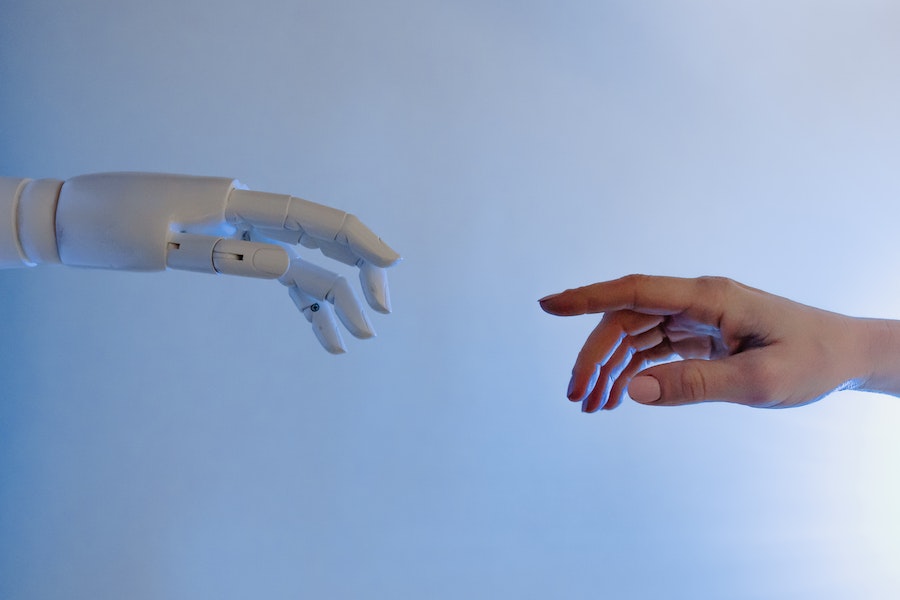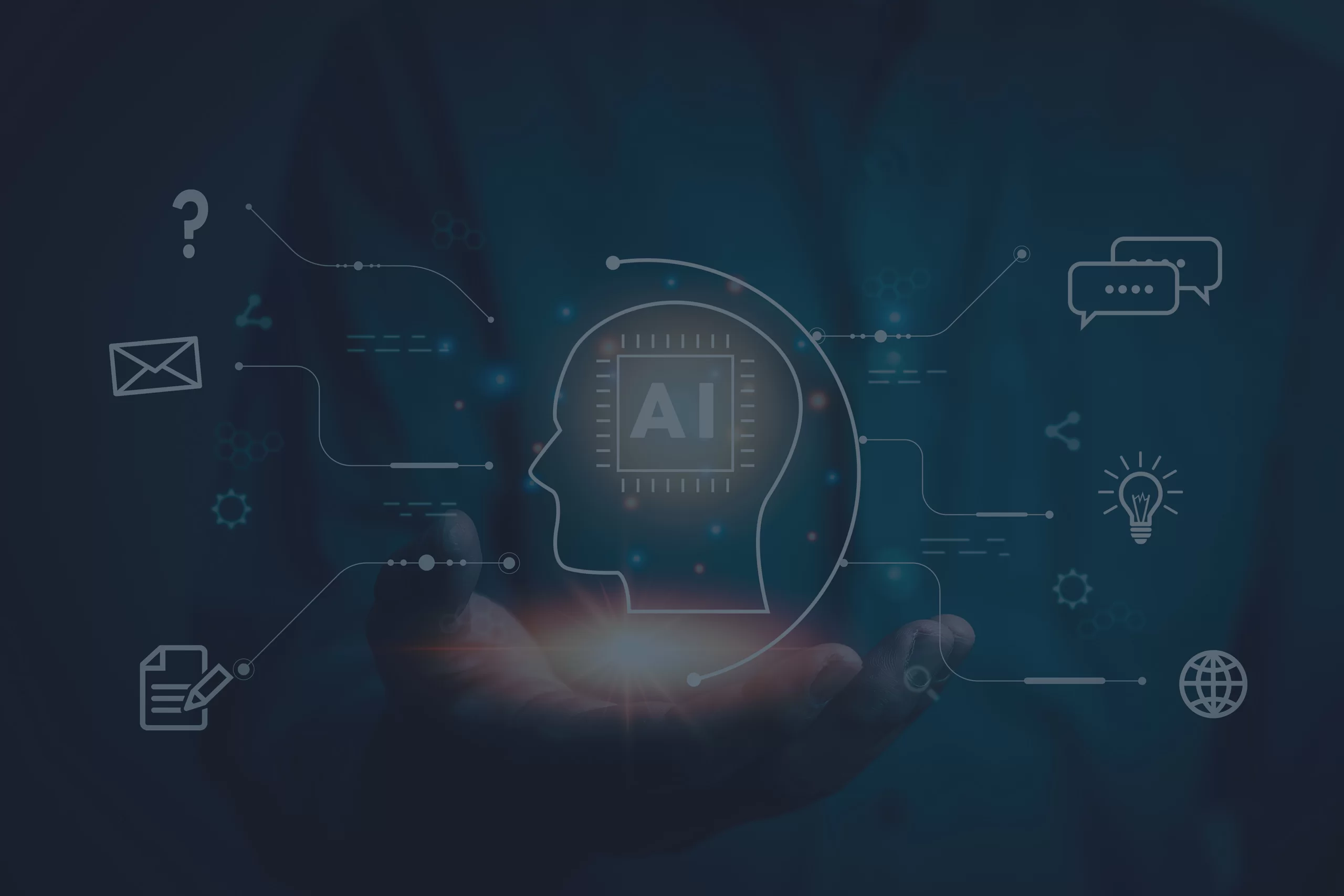Beyond Imagination: Empowering Businesses with Generative AI
- Technology
- Generative AI
Introduction to Generative AI Services
Welcome to the future of content creation and data processing with our Generative AI Services. Leveraging state-of-the-art technology, our services provide businesses with the tools to innovate, automate, and revolutionize their digital landscape. From crafting engaging narratives to extracting critical insights from vast datasets, our AI is designed to enhance productivity and creativity across all your projects.
The Essence of Generative AI: Crafting the Future
Generative AI represents a pioneering branch of artificial intelligence dedicated to creating new, original content. It harnesses machine learning, especially through models like Generative Adversarial Networks (GANs) and Variational Autoencoders (VAEs), to produce outputs that mirror the complexity and variation found in its training data. This process involves two key players: the generator, which creates content from random input, and the discriminator, which evaluates this content against real examples. Together, they push the boundaries of AI, generating realistic text, images, and sounds that are both innovative and authentic.


Why Choose Our Generative AI Services?
Choose our Generative AI Services for their unmatched flexibility, scalability, and ease of use. Backed by robust security measures and a commitment to innovation, we provide not just a service but a partnership in navigating the AI landscape. Whether you're a small startup or a large enterprise, our AI solutions are designed to grow with you, ensuring that you're always at the cutting edge of technology.
Generative AI can be used in various ways to
create content and enhance services.
It's important to note that while generative AI can automate and enhance content creation and services, human oversight and intervention are still essential to ensure quality, ethical considerations, and adherence to desired outcomes.
Text Generation
Generative AI models can be employed to generate creative written content, such as stories, poems, articles, and product descriptions. This can be useful for content creation in marketing, journalism, and entertainment industries.
Image Generation
AI models like GANs (Generative Adversarial Networks) can generate realistic images, enabling applications such as art creation, graphic design, and virtual world development. These models can also be used to enhance and modify existing images.
Music Composition
Generative AI models can create original musical compositions, generate melodies, harmonies, and even imitate the style of a particular composer or genre. This can be valuable for musicians, film composers, and video game developers.
Video Editing
AI-powered video editing tools can automate and enhance the editing process. These tools can generate video transitions, remove unwanted elements, apply filters, and even create entirely new scenes or visual effects.
Chatbots and Virtual Assistants
Generative AI can power conversational agents like chatbots and virtual assistants, enabling them to understand and respond to user queries or provide personalized assistance in various domains, such as customer support or information retrieval.
Translation Services
AI models can generate translations for different languages, improving translation services and making them more accessible to a global audience. Neural machine translation models have made significant advancements in capturing context and nuance.
Content Recommendation
AI algorithms can analyze user preferences and generate personalized recommendations for products, movies, music, and articles. This enhances user experience and helps businesses provide relevant content to their customers.
Video Game Content
Generative AI can assist in generating game levels, landscapes, characters, and quests. This helps game developers create vast and immersive virtual worlds efficiently.
Creative Writing Assistance
Generative AI tools can assist writers by providing suggestions, improving grammar, and generating content outlines. They act as creative companions, aiding the writing process.










Getting Help and Support
Our dedication to your success goes beyond just providing AI services. We offer extensive support resources, including detailed documentation, active community forums, and direct access to our team of AI experts. Whether you're facing a technical challenge or seeking advice on best practices, we're here to help you achieve your goals with AI.
Know More
What Clients Say About Us
Lorem ipsum dolor sit amet, consectetur adipiscing elit, sed do eiusmod tempor incididunt ut labore et dolore magna aliqua.









